Lesson summary
Students will look at some of the things soils need to be healthy. They will conduct soil experiments using different soil samples from their schoolyard and assess which would be most suited to a regenerative garden.
Learning intentions:
Students will...
- recognise that different soils have different compositions
- discover that some things can determine the health of soils.
Success criteria:
Students can...
- apply scientific skills in conducting, observing and assessing tests on soil samples
- create a communication piece to share the results of their soil sample tests.
Lesson guides and printables

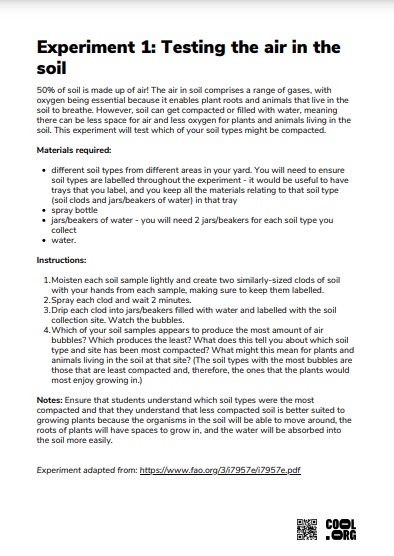
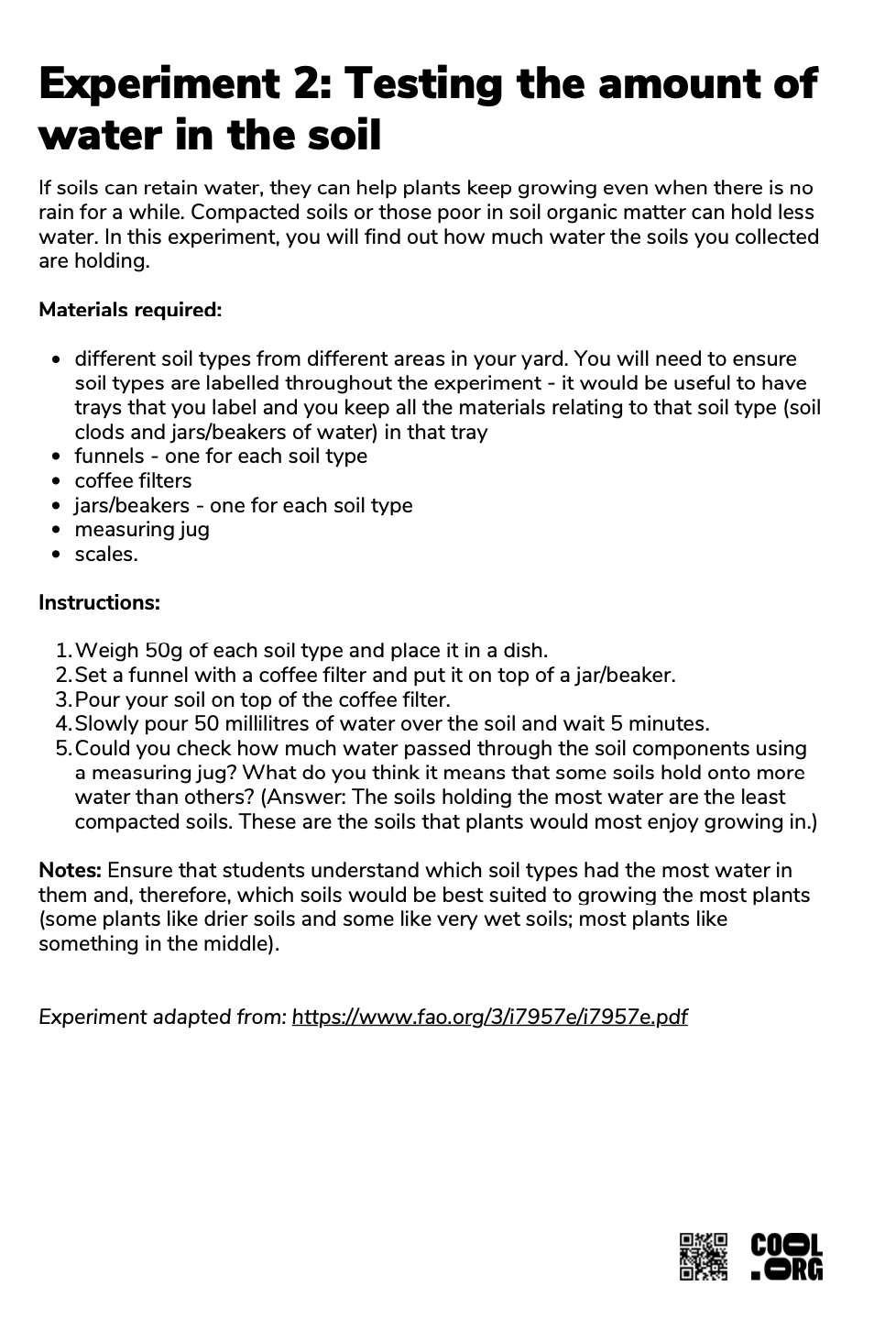

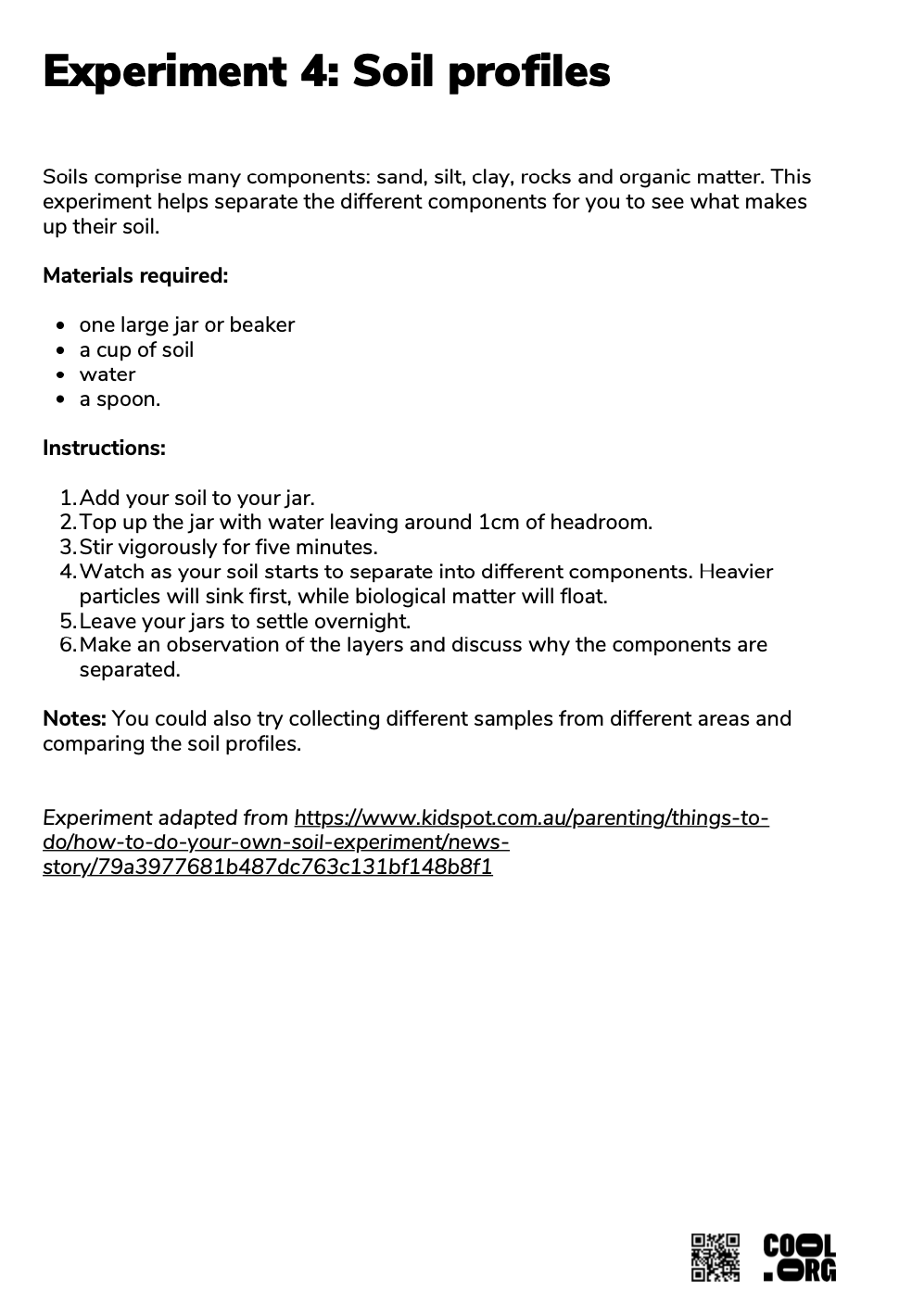
Curriculum links
Select your curriculum from the options below.
Lesson details
Skills
This lesson is designed to build students’ competencies in the following skills:
- collaboration
- curiosity
- communication
- reflection
Curriculum Mapping
Content descriptions:
Australian Curriculum (v9.0) content descriptions - English
Students learn to:
- compare the observable properties of soils, rocks and minerals and investigate why they are important Earth resources (AC9S3U02)
- pose questions to explore observed patterns and relationships and make predictions based on observations (AC9S3I01)
- write and create texts to communicate findings and ideas for identified purposes and audiences, using scientific vocabulary and digital tools as appropriate (AC9S3I06)
General capabilities: Critical and creative thinking.
Cross-curriculum priority: Sustainability.
Relevant parts of Year 3 Science achievement standards:
Students describe the observable properties of soils, rocks and minerals and describe their importance as resources. Students pose questions to explore patterns and relationships and make predictions based on observations. They use scaffolds to plan safe investigations and fair tests. They communicate ideas and findings for an identified purpose, including using scientific vocabulary when appropriate.
UN Sustainable Development Goals
Target 2.4: By 2030, ensure sustainable food production systems and implement resilient agricultural practices that increase productivity and production, that help maintain ecosystems, that strengthen capacity for adaptation to climate change, extreme weather, drought, flooding and other disasters and that progressively improve land and soil quality.
Target 15.3: By 2030, combat desertification, restore degraded land and soil, including land affected by desertification, drought and floods, and strive to achieve a land degradation-neutral world.
Resources Required
- Communication piece rubric
- one or more of the following (each experiment includes a list of required resources):
- soil collection equipment, such as tubs to collect the soil in, some scoops or hand trowels to dig up the soil, some paper labels and a pen to record the places where you found the soil and gloves.
Additional Info
Level of teacher scaffolding: High - lead students in soil collection and in conducting soil experiments.
Special thanks to:

This lesson has been developed with the support of the Macdoch Foundation.
Cool's curriculum team continually reviews and refines our resources to be in line with changes to the Australian Curriculum.
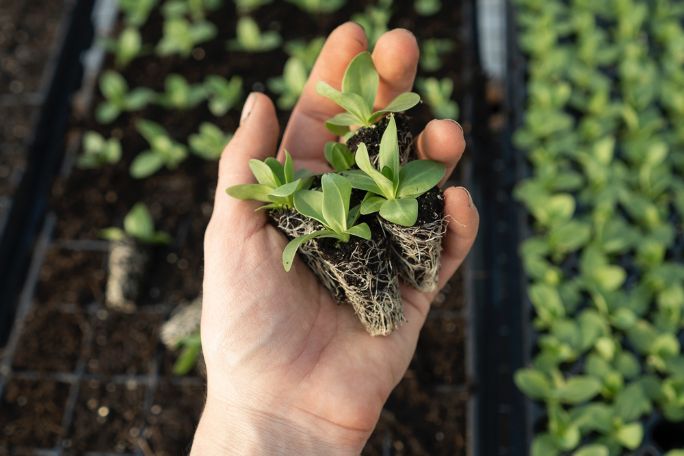
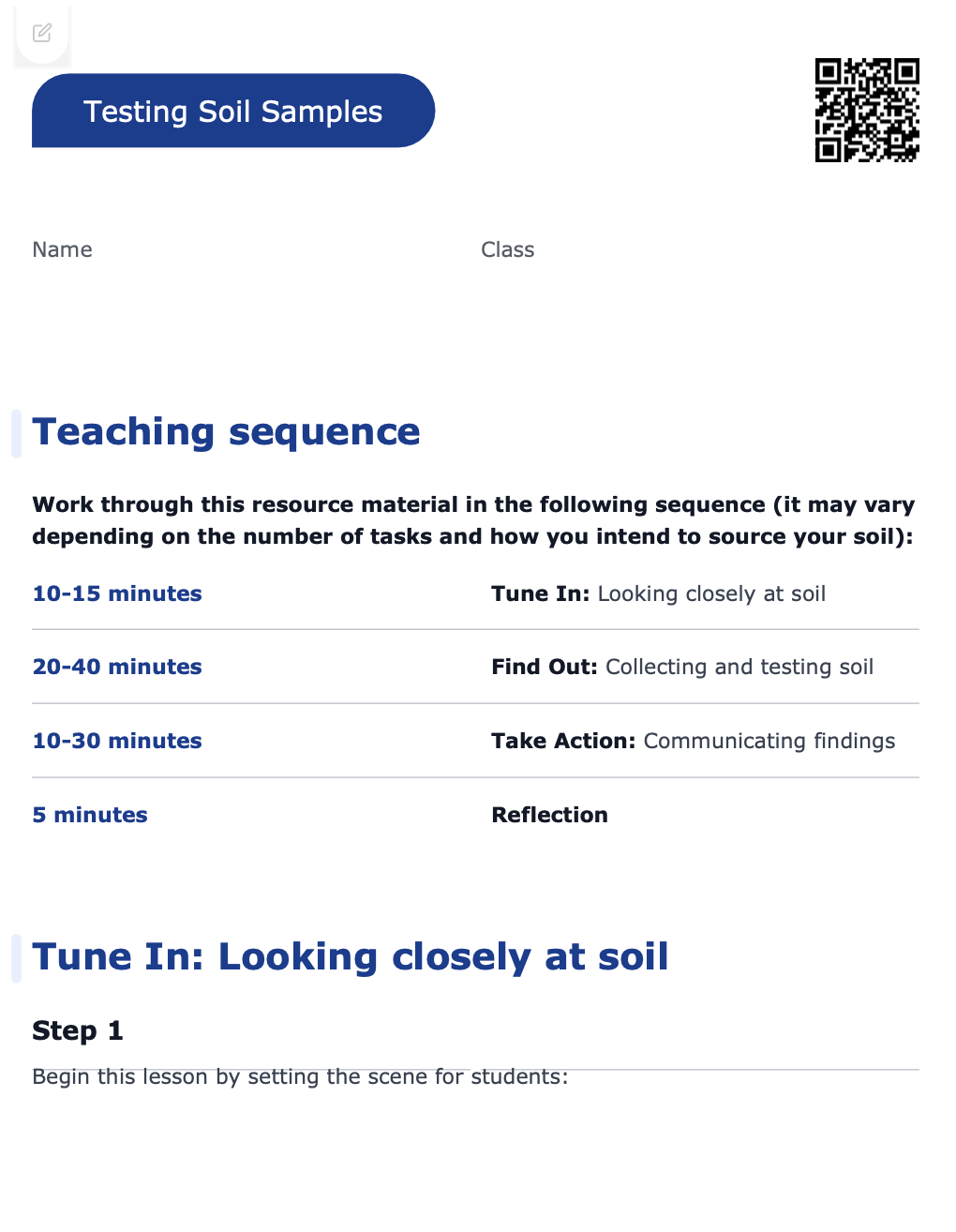

Welcome back!
Don't have an account yet?
Log in with:
Create your free Cool.org account.
Many of our resources are free, with an option to upgrade to Cool+ for premium content.
Already have an account?
Sign up with:
By signing up you accept Cool.org's Terms and Conditions(Opens in new tab) and Privacy Policy(Opens in new tab).